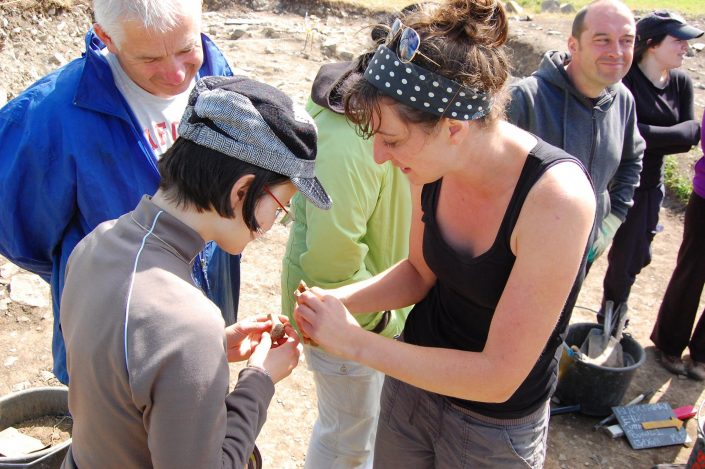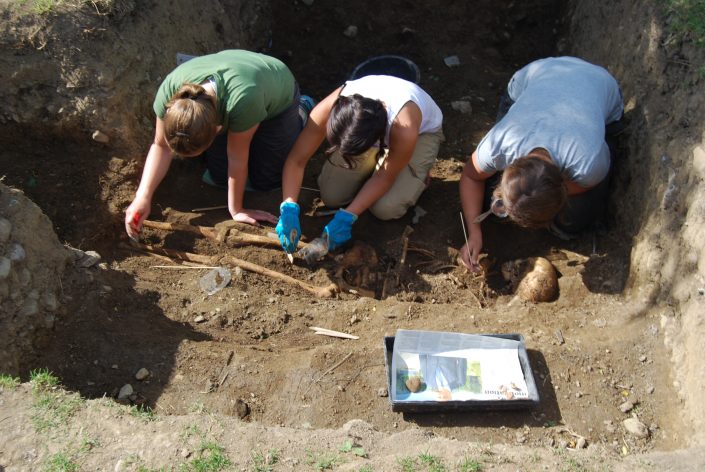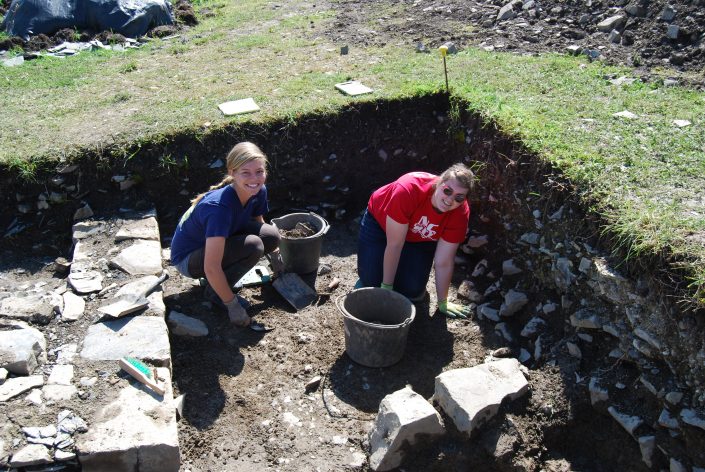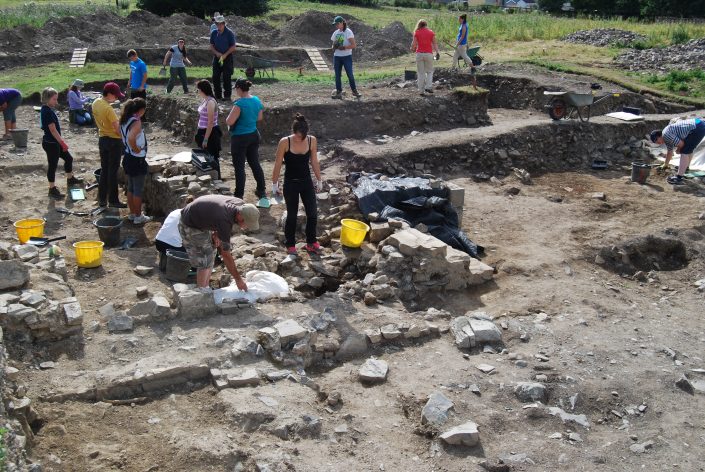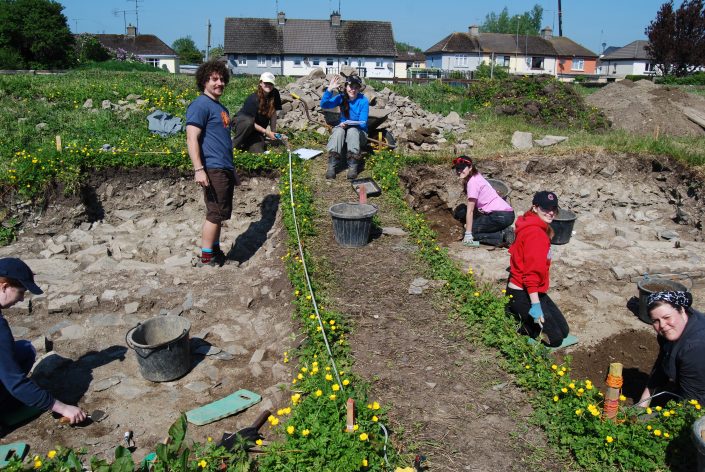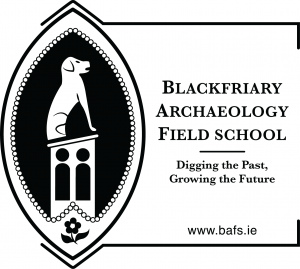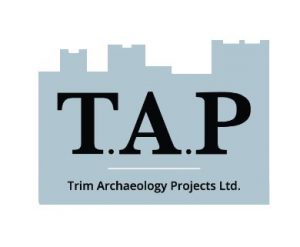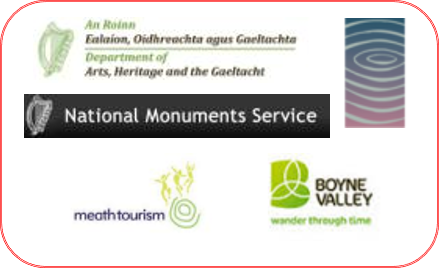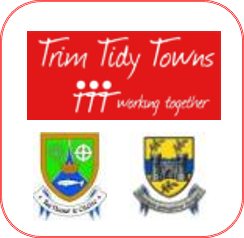About the project
We are a dedicated teaching and research field school, committed to providing the best training in archaeological field methods within a public archaeology/community archaeology framework. We make sure that everyone understands our reasons for researching and digging this exceptional site and is trained in all aspects of the excavation. Blackfriary is a community owned site, so by taking part in the ongoing re-imagining of this formerly unloved space, project participants are helping protect and preserve this hugely important part of the heritage of Trim into the future. For those who come to us it’s a wonderful chance to be immersed in Irish life and culture while forging lifelong friendships.
Blackfriary Archaeology Field School
We have been digging, teaching and researching at the Black Friary since 2010. The site is a 6-acre field (2.2 hectares) owned by the local authority. The fact that it is not our site and is in public ownership is very important to us. The Blackfriary community now stretches from Trim right around the world thanks to the hundreds of students and volunteers who have joined the dig and are helping to transform this site. Our excavations are carried out with the permission of the National Monuments Service, registered by the National Museum of Ireland.
From the very beginning of the teaching and research excavations a community project was set up – the Blackfriary Community Heritage and Archaeology Project, or BCHAP. This provides the ethical framework within which the excavations are conducted. To read more about this, see the Community page. To read more about our research objectives see the Research page.
The Excavations
Excavations began in 2010 under the direction of Finola O’Carroll, Principal Investigator. In 2012 project Bioarchaeologist Dr. Rachel Scott began exploring the burial record at the site. We are excavating the remains of a Medieval Dominican Friary to analyse how the changing patterns of its patronage and use are interwoven with the known history of the town. The friary consisted of a large complex of buildings set around two internal courts or cloisters with a church forming the southern side. The cemetery lies south of the church and burials from both church and cemetery have been excavated to date. Excavations began within the church, in the area known as the crossing which marks the junction between the chancel (where the religious community sat) and the nave (where the laity worshipped).
To date we have expanded our dig to explore part of the south aisle of the church, the cloister, the domestic ranges, the cemetery and the boundary between the town and the friary precinct. Every year we decide which areas to focus on, informed both by our research objectives and by what has been learned from previous seasons. This process is always discussed with students, so they can understand how the research informs the ongoing excavations. As all participants receive training in post-excavation work, the logic and purpose of the detailed record keeping in the field becomes clear to them, and the significance of this stage of the work is highlighted.
Dr. Scott’s research into the human remains excavated from within the church and from the associated graveyard continue to inform us about the lives and state of health of the people of Trim in those centuries. We now know that the graveyard had a long history of use. From the foundation of the friary in the mid-13th century to the mid-16th century it was a cemetery for the people of Trim; in times of political and religious upheaval families continued to choose to bury their dead there after the closure of the friary by Henry VIII. After this, it continued in use as a burial place for unbaptised infants – a Cillín or children’s cemetery, possibly up until the early 20th century, which, until these excavations was not widely realised. This longevity of use is illustrating the importance people attached to their final resting place during times of religious persecution and changing identities.
“The Blackfriary Archaeology Field School is everything a Field School should be–an excellent educational experience for students, a contributor to archaeological knowledge, and a positive force in the community. Blackfriary is one of the most publicly engaged archaeological projects I’ve ever had the pleasure of being involved with, and their beneficial influence on the surrounding area clearly shows. All of the professionals, students, and community members involved with the field school put their heart and soul into the work, and that made my experience there as a student incredibly enjoyable and valuable for honing my professional skills. I’m so grateful to have had the experience.” Jessica Skinner Student 2016

